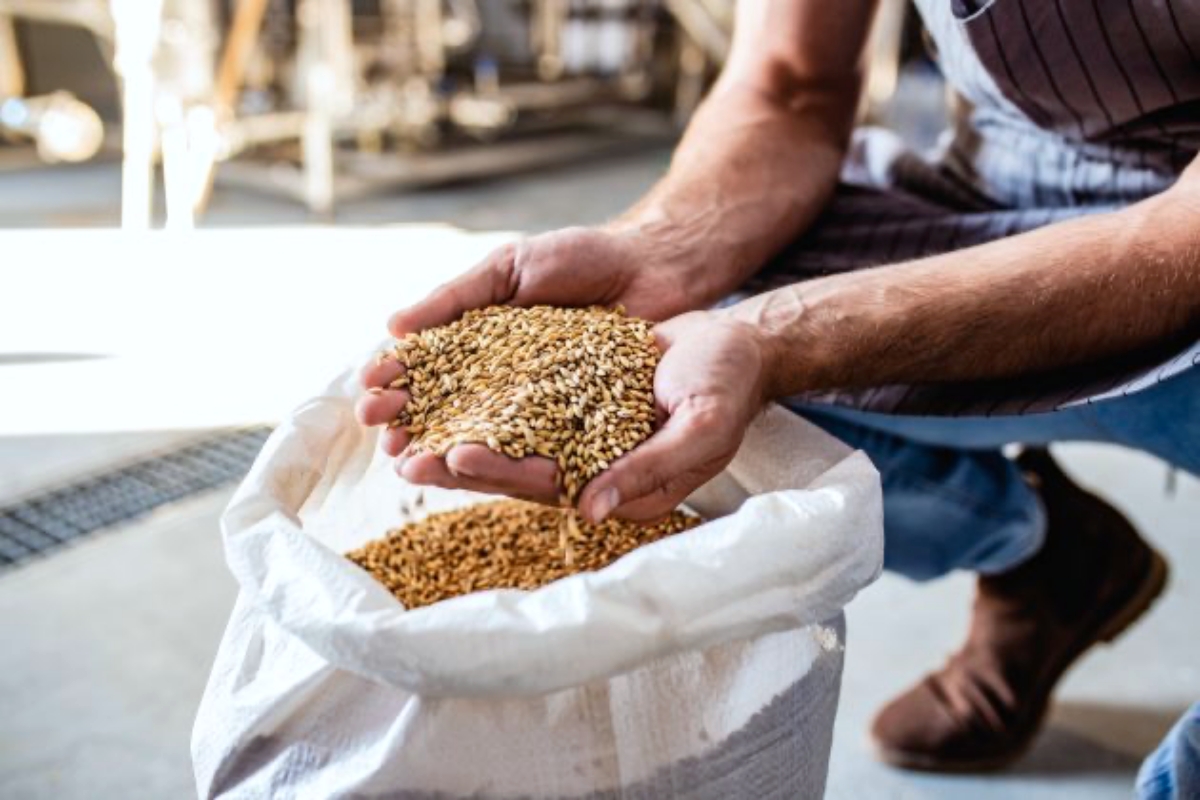
The increase in demand for Canada’s craft brewing industry has led to more demand for local craft malt – barley that’s partially germinated and then dried for use in brewing.
“There’s a demand for locally-sourced craft malt, produced in a small system and in local production; it feeds into the ethos of what craft brewing represents,” said Dr. Alex Speers, Professor of Brewing Science at Dalhousie University.
Historically, malting involved soaking barley in water, laying it out on the floor to germinate, and then drying it. This is a process called floor malting. Today, pneumatic malting is automated with large maltsters spreading the barley out on a perforated floor and blowing air through that floor to precisely control temperature and humidity before drying the malt.
Two concerns about floor malted barley have been hindering the growth of craft malting: the potential for higher levels of a flavour-altering compound called Dimethyl Sulphide (DMS), and a condition called premature yeast flocculation where yeast clumps early and falls out of the fermenter before the beer is completely fermented.
“We wanted to look at the differences between craft and pneumatic malting to address rumours in the brewing industry about these potential problems,” says Speers. “There’s very little available in the literature about this, so we wanted to try to get a better understanding of DMS and premature yeast flocculation before launching into other craft malt projects.”
Click here for the full article.
